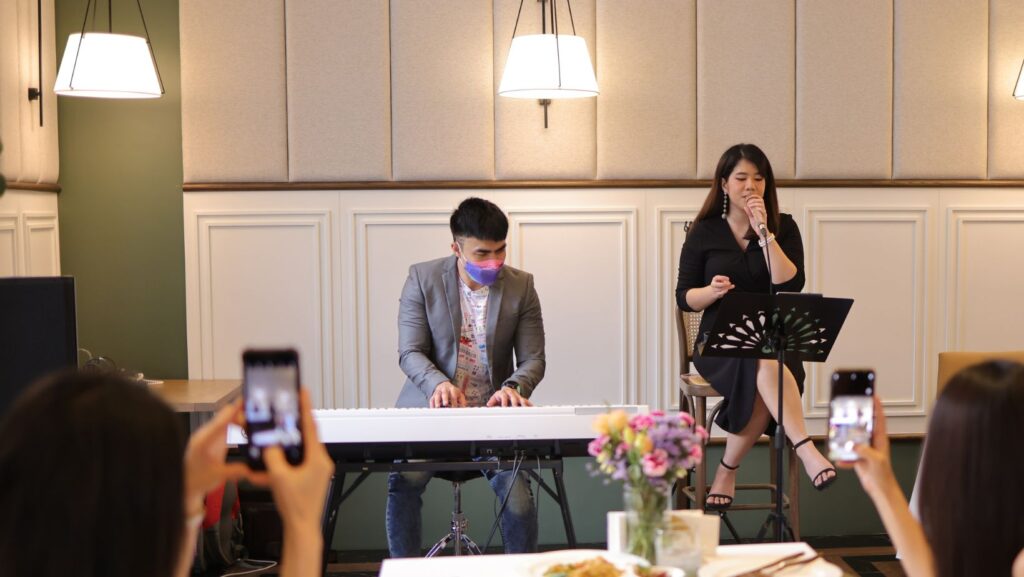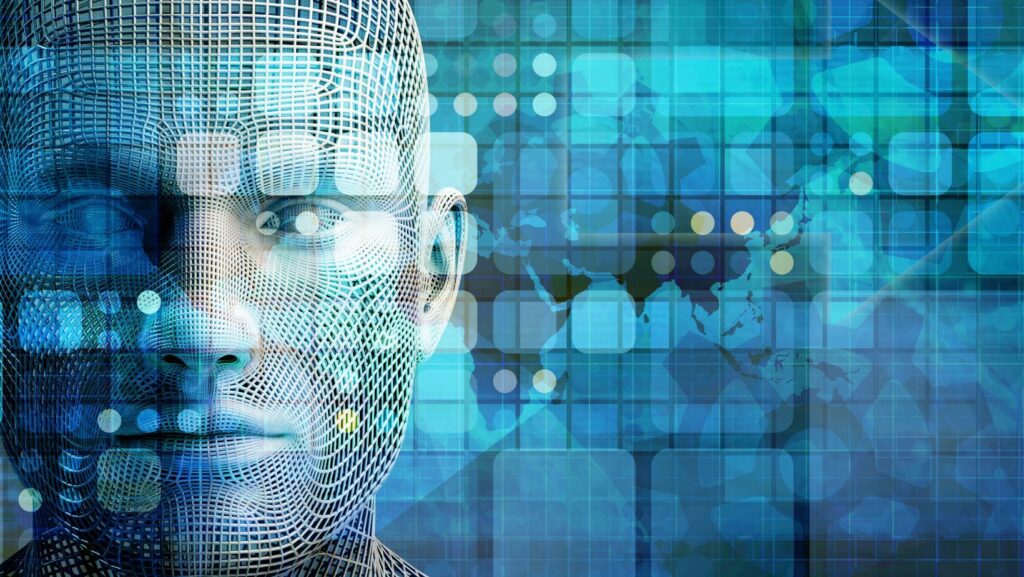Live events give businesses and communities a chance to connect with people in real time.
For companies, shared experiences make your brand more memorable and give people reasons to buy your products or services afterward. You also get the chance to ask for direct feedback that can guide marketing and product decisions.
For communities, live events create opportunities for people to connect around shared interests and experiences. They encourage friendships and help attendees build networks in a natural, engaging way.
Let’s explore more ways live events matter and how they shape shared experiences.
Why shared attention makes moments unforgettable
When everyone focuses on the same thing (a last-minute goal, a winning hand, or a major reveal) the reaction spreads.
The shared focus amplifies excitement. You feel the crowd’s energy, and it heightens your own.
Psychology Today says that psychologists call this “emotional contagion.”
For brands, it’s an opportunity to create peak moments that leave a lasting impression and foster customer loyalty. And for communities, it’s a chance to bond and reinforce relationships.
Benefits of live events include:
- Fan experiences encourage customer loyalty.
- They help support new product launches.
- They inspire audience engagement.
- Breakout rooms inspire innovation.
- They support lead generation.
- Community bonding.
- Brand activations.
Live events activate both personal and group identity
At a good live event, people feel like part of something bigger, without losing their sense of self. Each person brings their own reason for being there: to support a team, learn something, or enjoy the atmosphere.
But once the event starts, those individual motives blend into a shared experience.
The mix of personal meaning and group energy is what makes live events so impactful. You feel recognized as an individual, yet connected through a shared purpose. Psychologists refer to this as a “dual identity,” which strengthens both confidence and community.
Common interests help communities build camaraderie and special skills
When people share a passion, it gives them a reason to connect and work together.
At a sports game, for example, fans talk strategy, cheer together, and learn from each other’s knowledge. This makes the event more enjoyable and helps attendees acquire new skills. (Like understanding the game better or making smarter decisions in real time.)
Live tech can also support common interests and help build more camaraderie via DraftKings Sportsbook, live odds can update in real time, so attendees can follow games and see how bets are changing as the action happens. It adds an immersive experience layer that keeps people involved and encourages friendly competition.
This makes the event a space where people connect, learn, and engage in a hands-on way.
How to design live events that truly connect
If you want your live event to leave a real impression, think beyond logistics and entertainment value. Design your live events around how people feel and interact in the moment.
Focus on these three elements:
- Participation.
- Emotion.
- Memory.
Here’s a deeper look into these pillars.
Participation
Event organisers need to give attendees a reason to engage. This could include voting, debating, interactive exhibits, or participating in tasting experiences. Active involvement helps attendees go from spectators to participants, which makes the experience stick.
When people have a hand in the action, they’re more likely to remember it, talk about it, and come back next time.
Emotion
Emotion drives social connections. A good event has natural highs and lows (tension, surprise, victory, or even disappointment.) These moments create emotional peaks that audiences crave.
Build pacing, visuals, and even sound design to turn an event into a story people want to retell.
Here’s an example:
- Tension: Competitive sports matches.
- Surprise: A live performance from a well-known local band.
- Victory: A sports team wins.
- Disappointment: The losing sports team feels disappointed.
The right venue selection can also help you evoke emotion. (A moody lounge with dark red and black colors can set the tone for a jazz night or other live performances at night.)
Memory
Capture key moments through live clips, stats, or behind-the-scenes content, and share them across social media channels.
If someone delivers a keynote speech or there is a theatre performance, promise to send a replay via email later. Encourage attendees to share event clips from keynote sessions to inspire social media engagement and market the next event. If you offer an app or virtual platform, add these clips there, too, to promote user-generated content.

Post-event storytelling helps people relive the experience and strengthens the bond between the audience and the brand or host. It’s how a single moment grows into an ongoing relationship.
Wrap up
Live events work because they bring people together in ways that feel personal, immediate, and real. They heighten emotion, spark connection, and give both brands and communities something lasting to build on.
The key is to think of each event not as a single moment, but as part of an ongoing story that continues long after the crowd goes home.
Remember to focus on: Participation, Emotion, and Memory to build a memorable event!
PS: Enjoy learning about tech or AI? Subscribe to our newsletter now.
FAQs
1. Why do live events make such a big impact?
Live events combine emotion, participation, and shared attention. When people focus on the same moment their reactions amplify each other. This strengthens social connections.
2. How do live events benefit businesses?
For businesses, live events drive audience engagement, lead generation, and brand activations. Whether it’s a product launch, tech showcase, or tasting experience, these moments help people connect emotionally with your brand and remember it long after the event ends.
3. What role does emotion play in live events?
Emotion is what makes an event unforgettable. The highs and lows of a theatre performance, keynote speech, or sports game boost excitement and trust. That’s why live experiences feel more meaningful than digital ones.
4. How can event organisers design more immersive experiences?
Start with participation. Add interactive exhibits, live polls, or activities that invite real-time input. Select venues that match your theme — for example, a sleek space for tech showcase events or a cozy lounge for live performances. Capture highlights to share on social media for ongoing engagement.
5. What are examples of live events that strengthen community bonds?
Anything that encourages people to connect around shared interests — like sports matches, milestone birthdays, or theatre performances. These events activate both individual and group identities, helping people feel part of something bigger while still expressing their unique selves.
6. How do live events support mental health?
Attending live events can reduce loneliness and boost overall well-being. The social connections and shared excitement all contribute to a sense of belonging, something that’s harder to achieve through screens alone.
7. What’s the key takeaway for brands planning live events?
Design with Participation, Emotion, and Memory in mind. Get your audience involved, create emotional peaks, and keep the story alive afterward through social filters, highlight reels, and virtual platform replays.



